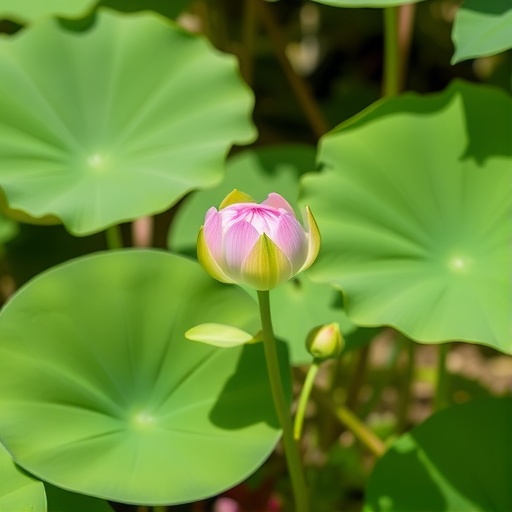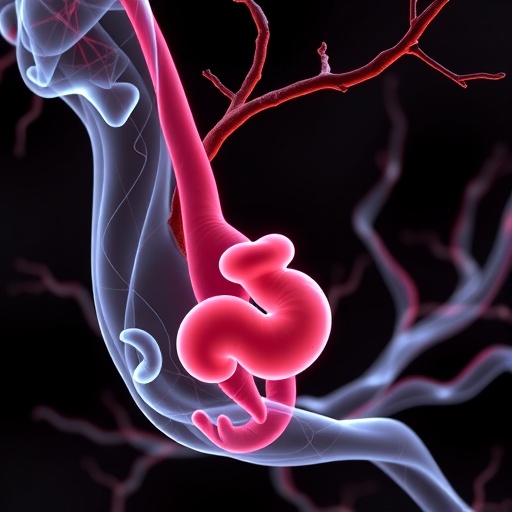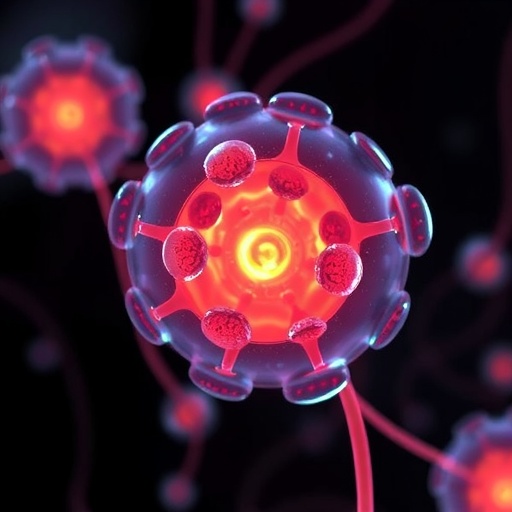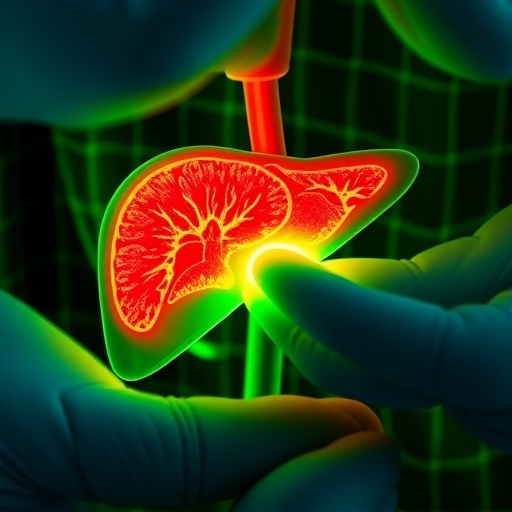PROTECT YOUR DNA WITH QUANTUM TECHNOLOGY
Orgo-Life the new way to the future Advertising by Adpathway
In an extraordinary and thorough investigation published in Discover Plants, researchers, led by Lee, Yamamoto, and Kuranaga-Kubo, delve into the complex interactions between salt stress and polyamine metabolism in the ecotypes of Lotus japonicus. Over the years, scientists have noted that plants experience varying levels of stress from their environment, particularly from salinity. These stresses can severely hinder plant growth, development, and productivity, leading to significant agricultural challenges. The study illuminates how different ecotypes of Lotus japonicus respond to these pressures, showcasing the nuances of plant resilience in the face of external adversity.
The essence of the research hinges on understanding the metabolic pathways of polyamines, which are small organic compounds that play a considerable role in plant growth and stress responses. Polyamines, such as spermidine and spermine, have been shown to support cellular functions and mitigate stress-induced damage. As salinity increases, a plant’s ability to regulate these compounds can shift significantly, affecting its overall health and survival. This research, therefore, is pivotal in emphasizing the role of polyamines in plant salinity tolerance.
The researchers selected multiple ecotypes of Lotus japonicus, a model organism in plant research, known for its genetic diversity and adaptability. By examining these ecotypes, the team aimed to discern how variations in polyamine metabolism could lead to differing levels of salt tolerance. The diverse genetic backgrounds of these ecotypes present an advantageous landscape for understanding the underlying biochemical mechanisms that dictate stress responses, making this a significant area of exploration in plant science.
At the heart of the study is a rigorous examination of the physiological responses of Lotus japonicus under varying salinity conditions. Through detailed experimental setups, the team observed distinct variations in salt stress responses across the different ecotypes. Notably, certain ecotypes exhibited remarkable resilience, thriving even as salinity levels increased. Through biochemical assays, the researchers meticulously quantified polyamine levels and fluctuations in response to salt stress, highlighting the intricate relationship between environmental stressors and plant metabolic adaptations.
The findings reveal that ecotypes with higher concentrations of polyamines in the presence of salt stress tend to show enhanced growth rates and improved physiological performance, suggesting that polyamine metabolism plays a critical role in mediating plant responses to salinity. This discovery is particularly promising as it opens up new avenues for genetic manipulation and breeding strategies aimed at enhancing salt tolerance in crops. Understanding how polyamines function at the cellular level will be vital for researchers looking to develop resilient crops that can withstand the increasing salinity resulting from global climate change.
Moreover, as global food security remains a pressing issue, the implications of this study extend far beyond basic plant biology. By improving our understanding of salt stress responses and polyamine metabolism, we stand on the brink of significant advancements in sustainable agriculture practices. As researchers continue to explore these connections, the potential for developing varieties of crops that can thrive in saline environments could revolutionize farming in arid and semi-arid regions, thus aiding food production worldwide.
The implications of this research stretch into the realms of agricultural biotechnology, with the prospect of developing transgenic plants that enhance polyamine synthesis pathways. Such advancements could enable crops to better tolerate saline lands, ensuring food security in regions where traditional farming methods are becoming increasingly unviable due to environmental changes. Moreover, by elucidating the genetic bases for polyamine accumulation under stress, researchers could harness selective breeding programs, accelerating the development of new crop varieties.
As scientists worldwide grapple with increasing salinity impacts on agriculture, insights from studies like this one become invaluable. The complexities of polyamine pathways offer a promising terrain for future investigations, allowing scientists to piece together the puzzle of how plants can adapt to extreme environments. This research not only contributes to the foundational science of plant biology but also serves as a clarion call for enhanced predictive models that farmers and agriculturalists can use to manage crop resilience in the face of climate variability.
Critical to the ongoing discourse in plant science is the acknowledgment of polyamines’ multifaceted roles. Beyond their functions in stress responses, polyamines also participate in cell division, differentiation, and various metabolic pathways integral to plant growth. Understanding these dual roles can drive innovation in plant management strategies, particularly in the domain of organic and sustainable farming practices that prioritize ecological balance alongside productivity.
In conclusion, the study conducted by Lee, Yamamoto, and Kuranaga-Kubo portrays a vivid picture of how plants respond to saline environments at a metabolic level. As polyamines emerge as key players in plant stress tolerance mechanisms, we can begin to bridge the gap between basic research and practical applications in agriculture. The future lies in combining genetic insights with practical cultivation techniques, paving the way for resilient crop systems equipped to handle the challenges posed by climate change.
Overall, the investigation lays a solid groundwork for subsequent studies aiming to optimize plant resilience strategies through concentrated efforts on polyamine metabolism. The journey from scientific inquiry to practical application is fraught with challenges, yet the potential rewards of developing salinity-tolerant crops are profound. As the dialogue continues, researchers can glean insights and forge new paths that can revolutionize agricultural practices facing an uncertain climate.
In the coming years, one can expect further exploration in this area, as the scientific community seeks to unravel the complexities of plant responses to environmental stressors. The ongoing collaboration between various disciplines in plant sciences will undoubtedly yield new breakthroughs, driving forward the mission to secure a sustainable future for agricultural endeavors worldwide.
Subject of Research: Differential salt stress responses and the role of polyamine metabolism in Lotus japonicus ecotypes
Article Title: Differential salt stress responses and the role of polyamine metabolism in Lotus japonicus ecotypes
Article References:
Lee, Y., Yamamoto, A., Kuranaga-Kubo, C. et al. Differential salt stress responses and the role of polyamine metabolism in Lotus japonicus ecotypes. Discov. Plants 2, 252 (2025). https://doi.org/10.1007/s44372-025-00300-6
Image Credits: AI Generated
DOI: 10.1007/s44372-025-00300-6
Keywords: Salt stress, Polyamines, Lotus japonicus, Ecotypes, Plant resilience, Agricultural biotechnology, Climate change, Sustainable agriculture.
Tags: agricultural challenges of salinitycellular functions of polyaminesecological resilience of Lotus japonicusenvironmental stress in agriculturegenetic diversity in plant ecotypesimpact of salinity on plant healthLotus japonicus as a model organismmetabolic pathways in plant growthpolyamine metabolism in plantsresearch on plant stress responsessalt stress response in Lotus japonicusspermidine and spermine roles in stress tolerance


 7 hours ago
8
7 hours ago
8





















 English (US) ·
English (US) ·  French (CA) ·
French (CA) ·